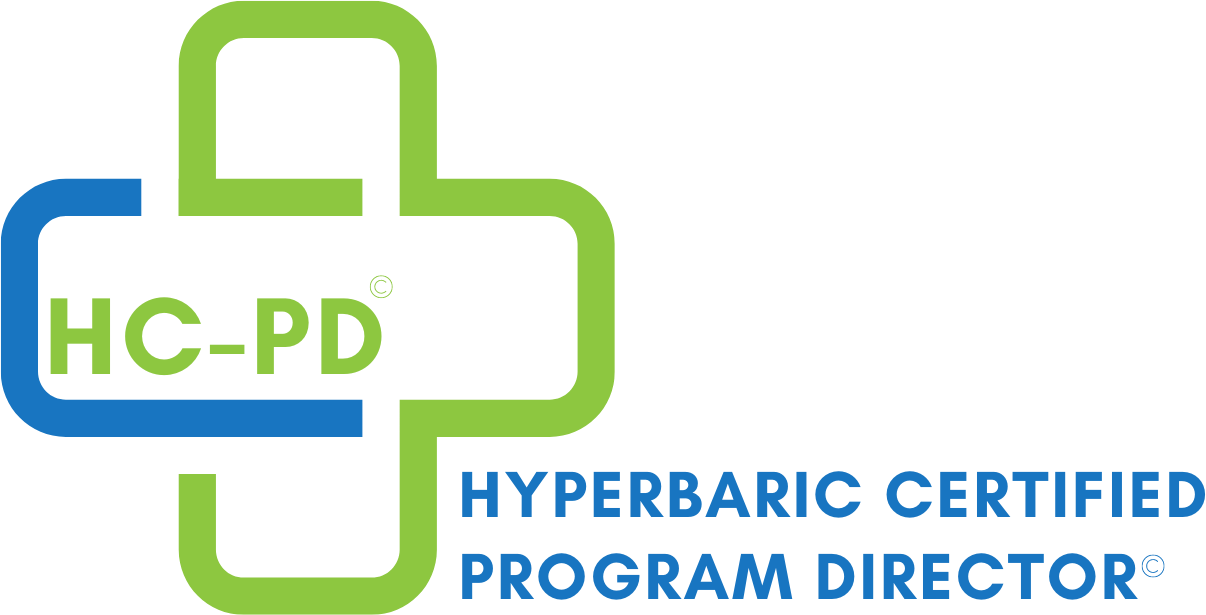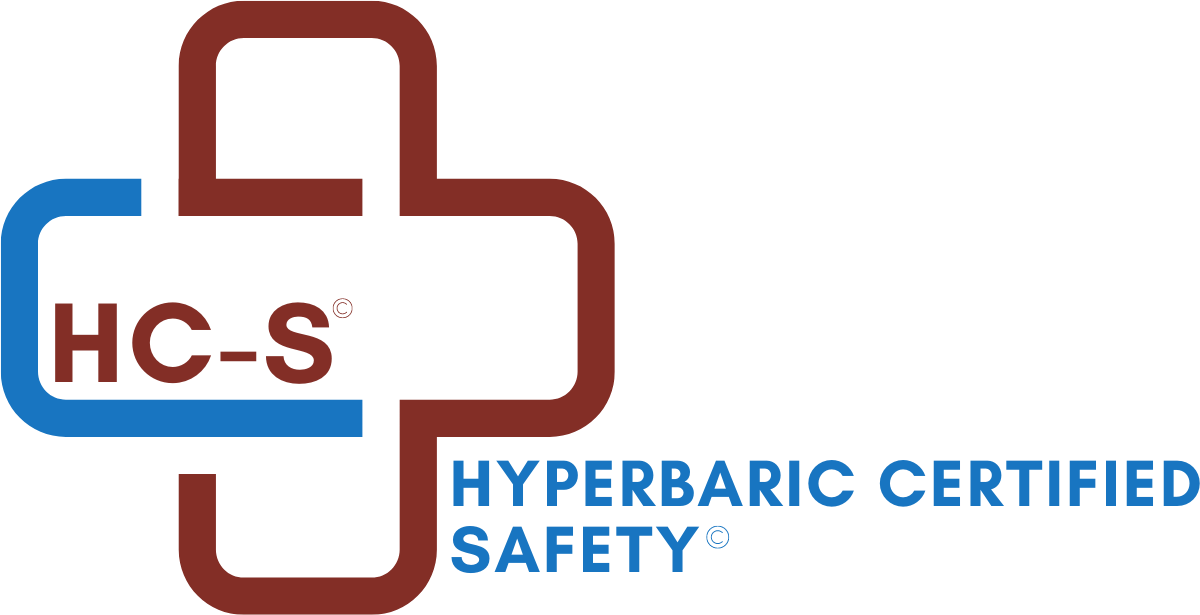Rx Pad
Is It the Flu or Carbon Monoxide Poisoning?
Carbon monoxide exposed patients commonly present with nonspecific symptoms that mimic influenza-like illnesses (Table 1). Symptoms typically include headache, dizziness, nausea, vomiting, weakness, and fatigue . The most common symptom reported is headache . Because these symptoms are so nonspecific, the treating physician must retain a high level of suspicion for carbon monoxide poisoning as delays in recognition and treatment are common .
TABLE 1. COMMON SYMPTOMS OF CO POISONING
|
SYMPTOMS |
|
|
Headache |
Visual Disturbances |
|
Nausea |
Chest pain |
|
Vomiting |
Loss of consciousness |
|
Dizziness |
Myalgias |
|
Weakness |
Coma |
|
Difficulty concentrating |
Death |
|
Shortness of breath |
|
Similar to the symptoms patients report, physical exam findings also vary greatly in CO-poisoned patients . Physical exam findings depend on the time between exposure and presentation to the hospital . They also depend on the duration and magnitude of exposure . The most common physical findings include tachycardia and tachypnea. However, the majority of patients have normal vital signs upon presentation . Like carboxyhemoglobin levels, vital sign abnormalities do not predict the severity of poisoning. It is extremely rare to find the cherry-red color that is classically described in CO poisoning . This sign represents a true soaking of the tissues with CO over a significant length of time and is typically found at autopsy . Any evidence of smoke inhalation such as soot in the nasal or upper airways, singed nasal hair, or voice changes should be considered as an indicator of exposure to CO . Blistering of the skin over pressure-bearing areas may be present, especially if the patient was unconscious for an extended period of time . This is thought to be due to local tissue ischemia from pressure combined with tissue hypoxia from CO. Retinal hemorrhages can occur, especially after exposures greater than 12 hours.
Neurologic Manifestations
A thorough neurological exam should be performed to establish a baseline and to evaluate for subtle neurological signs as they can be easily missed . Patients with carbon monoxide exposures can develop two neurological syndromes: persistent neurological sequelae and delayed neurological sequelae . Persistent neurological sequelae refers to patients with abnormal neurological findings immediately following exposure . These can improve but may not resolve completely . Any component of the neurologic system can be affected, and there have been reports of damage to the vestibulocochlear system, extrapyramidal system, and even the brachial plexus.
Delayed neurological sequelae develop days to months after exposure. The reported incidence of developing delayed neurological symptoms ranges widely from 3% to 47%. The true incidence of delayed neurological symptoms is likely higher, because mild changes in personality and cognition are often subtle and overlooked . Some delayed neurological sequelae can be quite dramatic and can have cognitive, motor, and affective qualities . Symptoms can include aphasia, apraxia, apathy, disorientation, hallucinations, nuchal rigidity, gait disturbances, fecal and urinary incontinence, bradykinesia, memory deficits, insomnia, and dementia. There have been reports of personality changes with impulsiveness, violence, verbal aggressiveness, and psychosis. In one prospective study, CO-poisoned patients who received HBO2 therapy still reported significant anxiety and depression even one year post exposure. There are no clinical indicators that will predict the occurrence of this syndrome; however, many people who later developed delayed neurological sequelae had an initial loss of consciousness. Neuropsychiatric testing may allow earlier detection of subtle neurological changes. In two studies, the degree of impairment on early testing correlated with the number of HBO2 treatments deemed clinically necessary. It is prudent for patients to be referred for testing upon discharge following CO exposure.
Learn More
Are you seeking basic training in hyperbaric medicine? Our UHMS and NBDHMT approved 40-hour Introduction to Hyperbaric Medicine training course will teach you and your team the key fundamental elements and concepts in practicing hyperbaric medicine safely and effectively. Find your course today! https://www.woundeducationpartners.com/live-courses/hbo-courses.html
When you subscribe to the blog, we will send you an e-mail when there are new updates on the site so you wouldn't miss them.



Comments